or
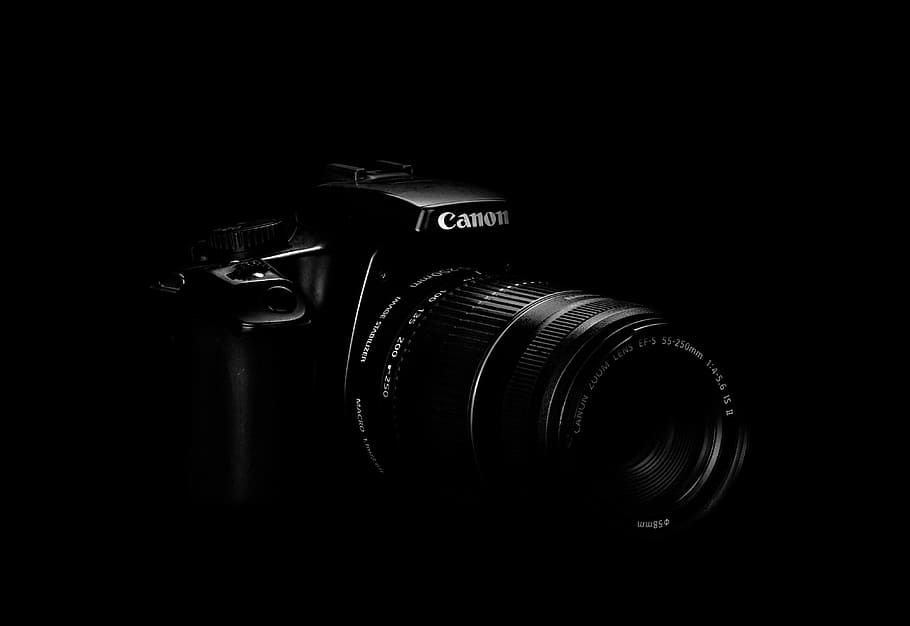
Photos
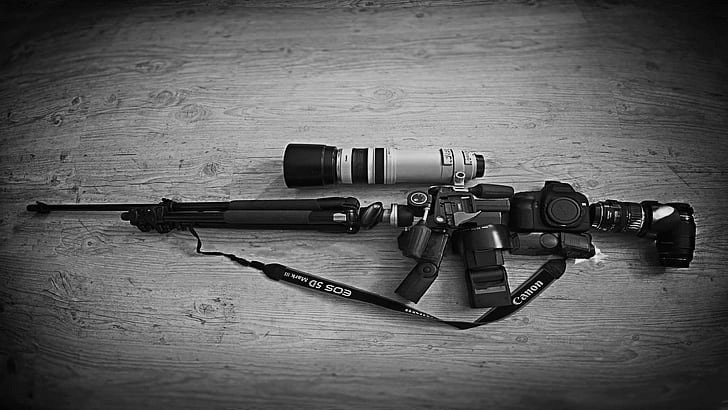
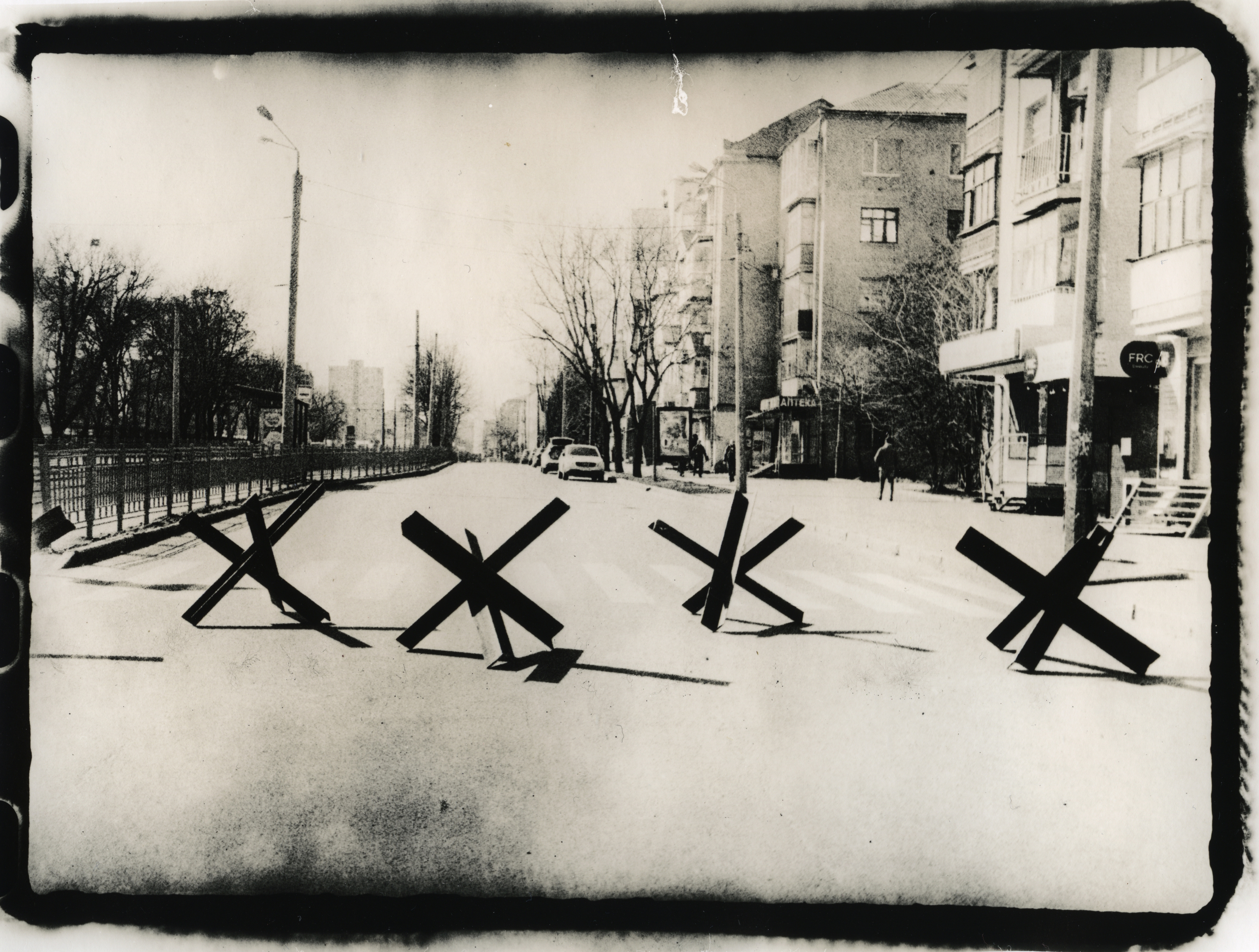
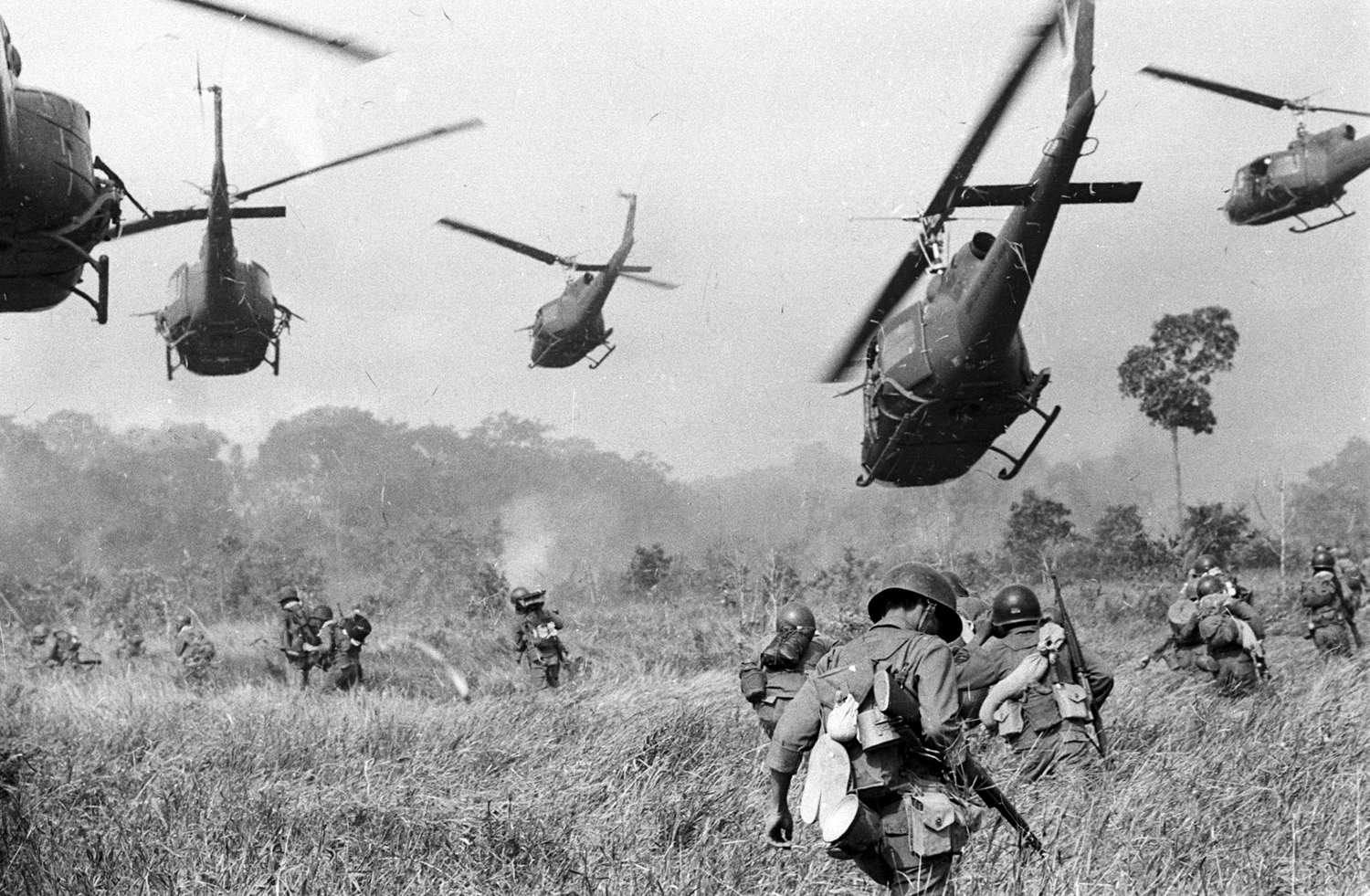
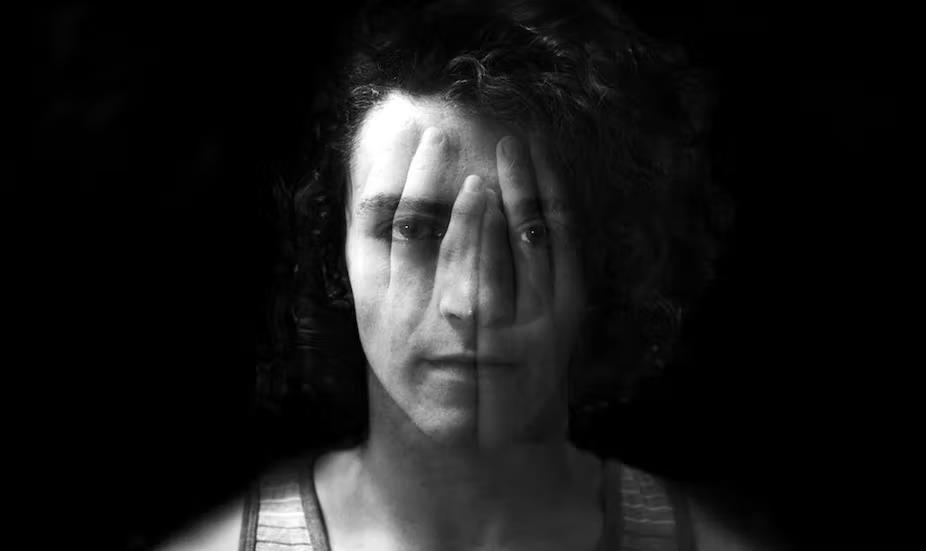
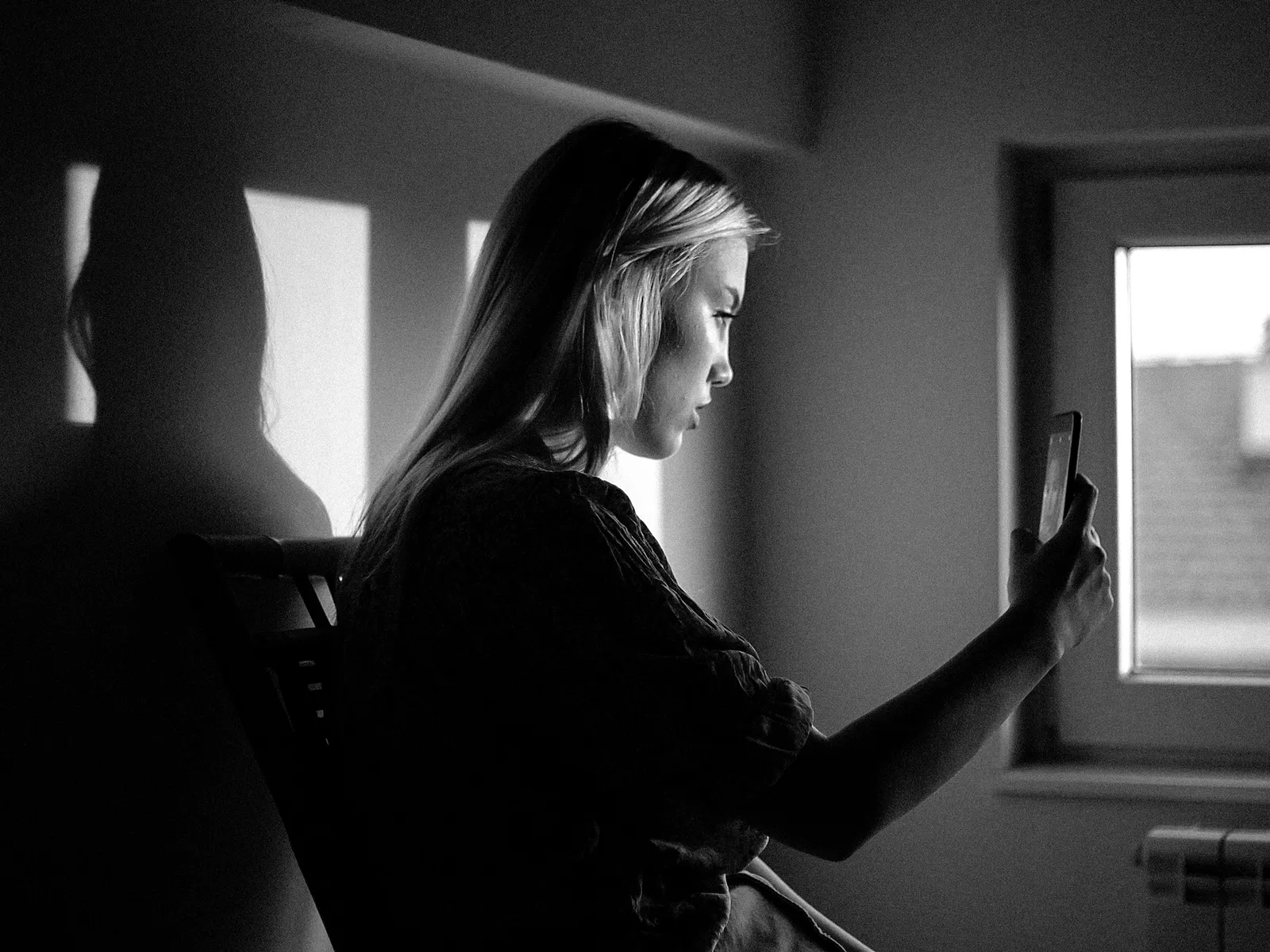
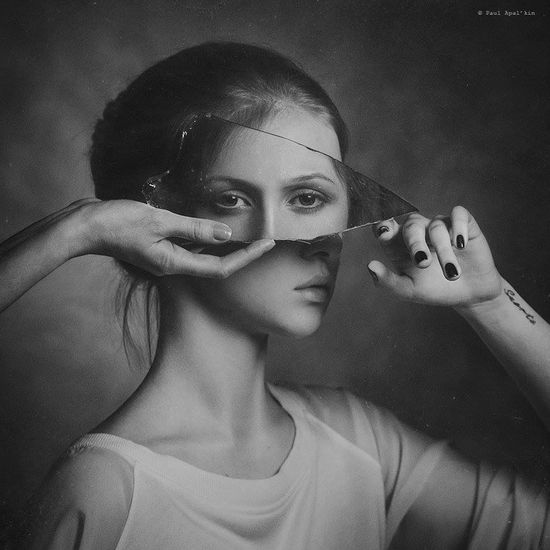
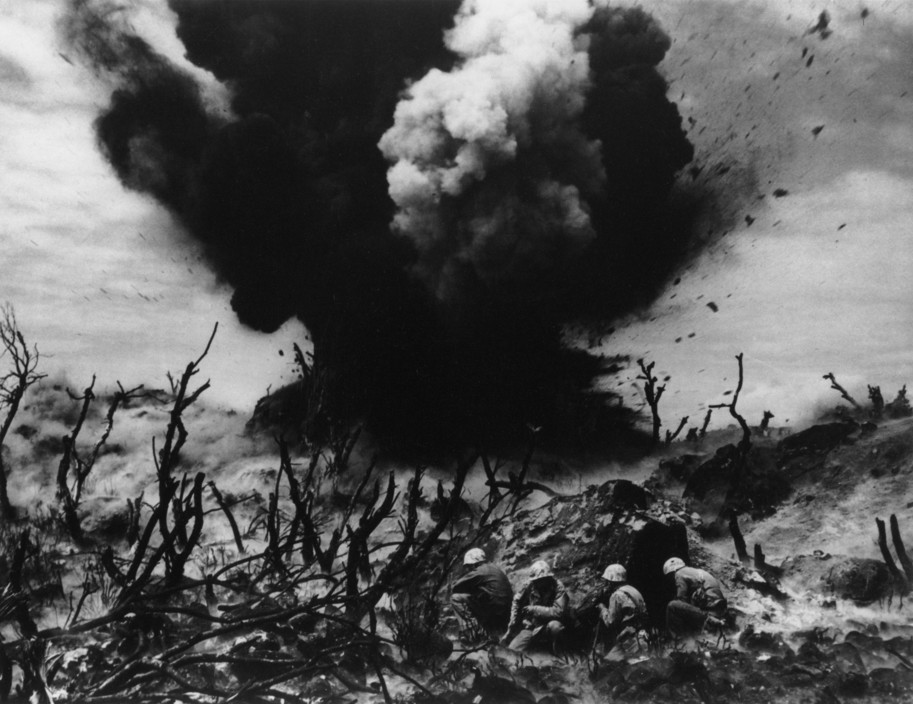
Excerpted from the book:
Page 2
The camera is the ideal arm of consciousness in its acquisitive mood. Photographs furnish evidence.
Page 5
This very passivity—and ubiquity—of the photographic record is photography’s “message,” its aggression. Images which idealize (like most fashion and animal photography) are no less aggressive than work which makes a virtue of plainness (like class pictures, still lifes of the bleaker sort, and mug shots). There is an aggression implicit in every use of the camera.
Page 7
Taking photographs has set up a chronic voyeuristic relation to the world which levels the meaning of all events.
Page 9
Between photographer and subject, there has to be distance. The camera doesn’t rape, or even possess, though it may presume, intrude, trespass, distort, exploit, and, at the farthest reach of metaphor, assassinate—all activities that, unlike the sexual push and shove, can be conducted from a distance, and with some detachment.
Page 10
Still, there is something predatory in the act of taking a picture. To photograph people is to violate them, by seeing them as they never see themselves, by having knowledge of them they can never have; it turns people into objects that can be symbolically possessed. Just as the camera is a sublimation of the gun, to photograph someone is a sublimated murder—a soft murder, appropriate to a sad, frightened time.
Page 11
All photographs are memento mori. To take a photograph is to participate in another person’s (or thing’s) mortality, vulnerability, mutability.
Page 15
To suffer is one thing; another thing is living with the photographed images of suffering, which does not necessarily strengthen conscience and the ability to be compassionate. It can also corrupt them. Once one has seen such images, one has started down the road of seeing more—and more. Images transfix. Images anesthetize.